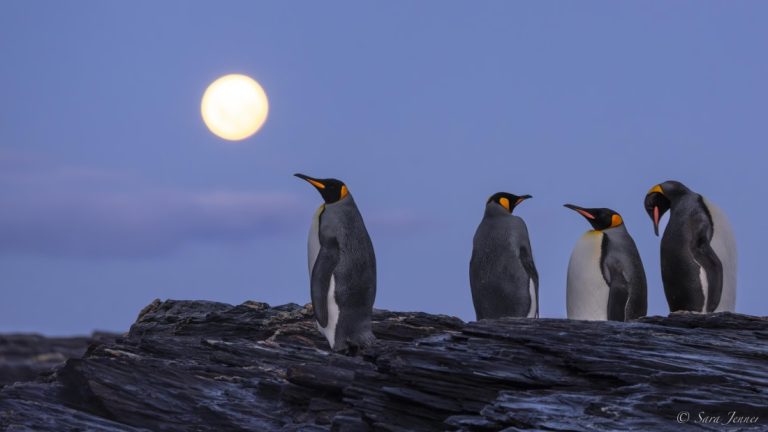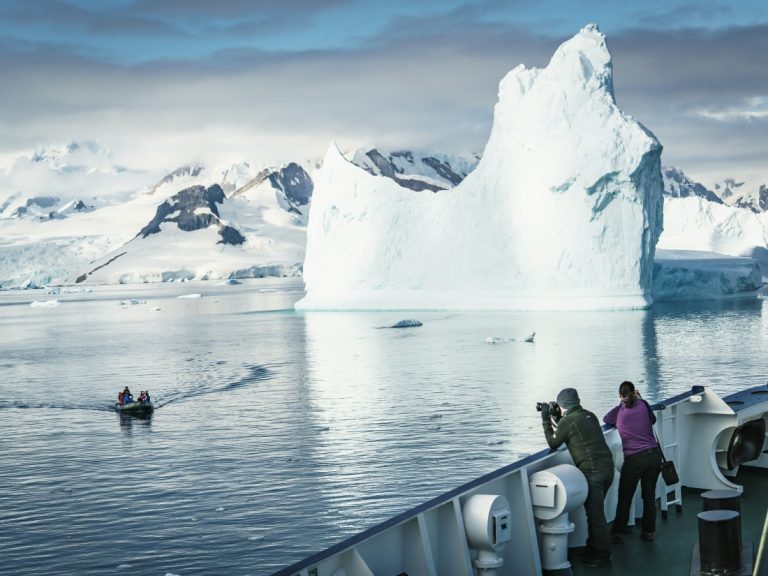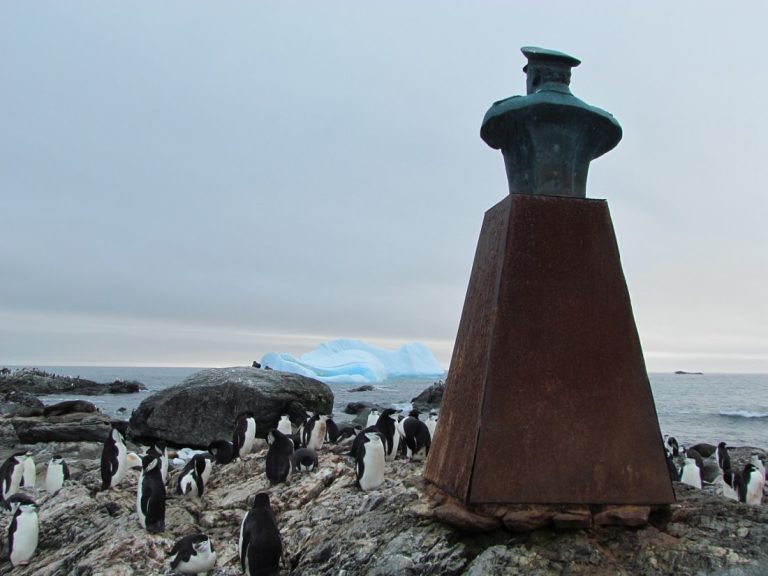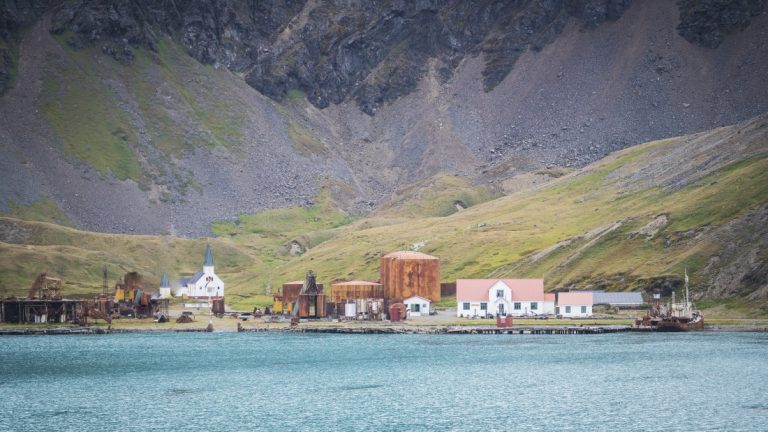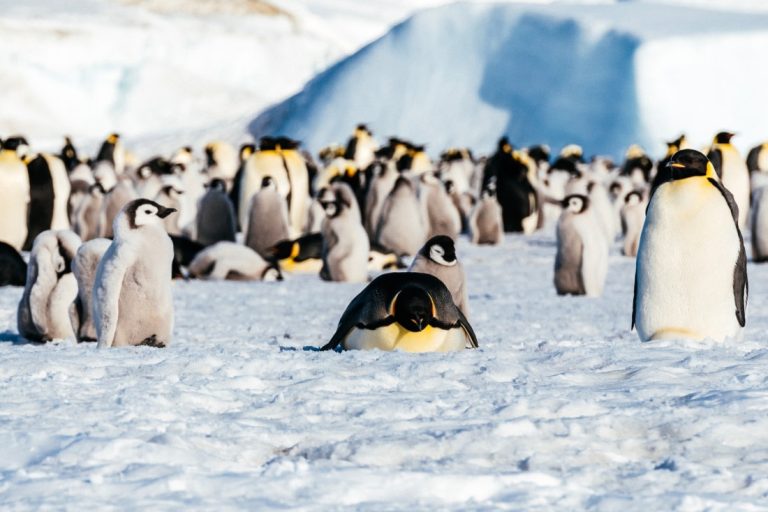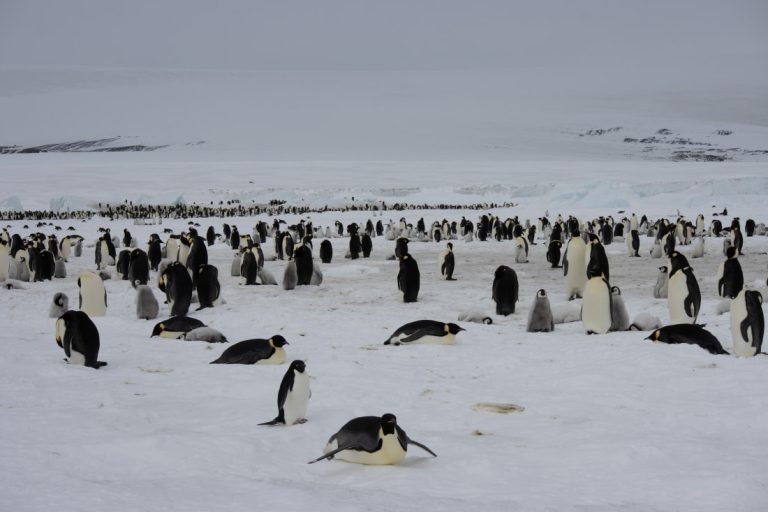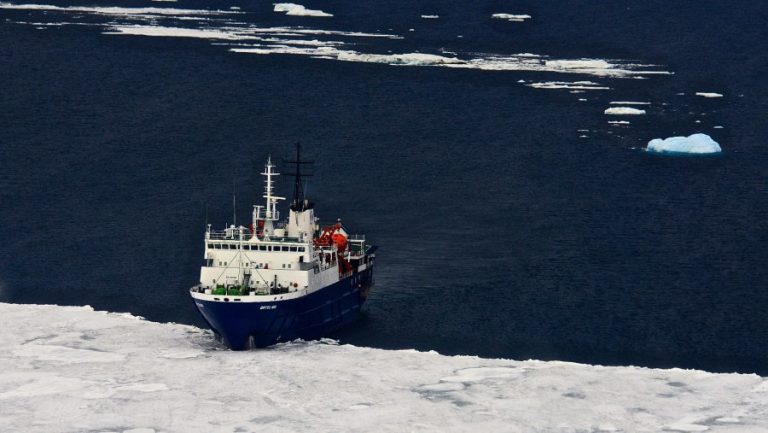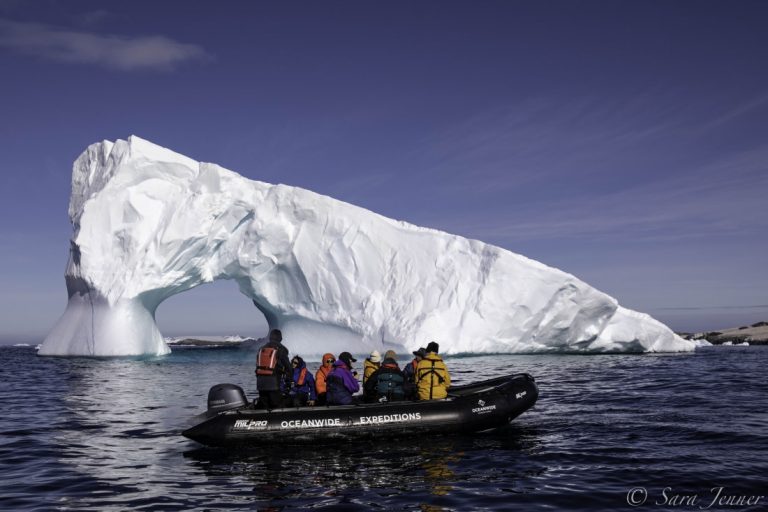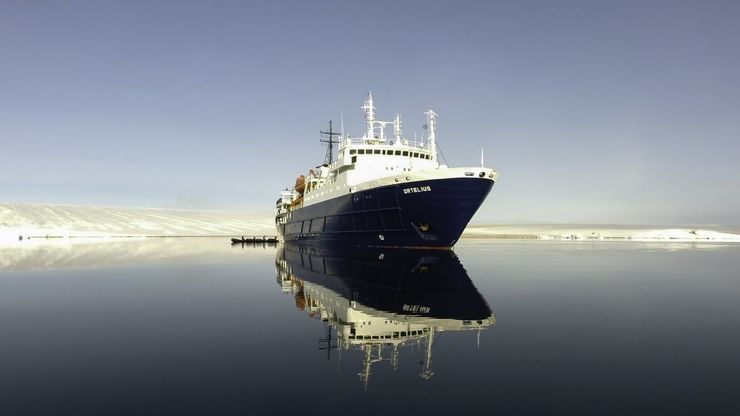Oceanwide: Wildlife encounters on Antarctica cruises
For many, one of the biggest draws of an expedition cruise to the frozen world of Antarctica is the chance to encounter some of the world’s most iconic wildlife amidst stunning surroundings.
Throughout Oceanwide Expeditions‘ Antarctica expedition cruise season, running between October and March, nature lovers can expect to encounter penguins in their thousands, inquisitive seals thriving among the sea ice, skies full of the cries of seabirds, and the immense forms of whales breaking the surface of otherwise mirror-calm water.
Falkland islands
Falkland islands
The rockhopper penguins & albatross of the Falkland Islands
The windswept but dramatically beautiful Falkland Islands are an important area for bird species and is a region rich in biodiversity. Many species of whales, dolphins, and seals can be found in the waters around the archipelago, including elephant seals, fur seals, Peale’s dolphins, Commerson’s dolphins, killer whales, sperm whales, and the southern sea lion. On shore, many species of seabird breed, including petrels, the endemic Cobb’s wren, and the rarely-seen striated caracara.
The Falkland Islands are also notable for the breeding presence of five species of penguin: king, Magellanic, gentoo, macaroni, and, most notably, southern rockhopper penguins. Frequently seen nesting among southern rockhopper penguin colonies, the black-browed albatross can also be seen here, with the world’s largest breeding population of this beautiful bird found on the Falkland Islands. On a Falkland Islands—South Georgia—Antarctica expedition cruise, you’ll visit the spectacular rockhopper rookeries offering fantastic photographic opportunities.
South Georgia
South Georgia
The king penguin colonies and elephant seals of South Georgia
The next stop on a Falkland Islands—South Georgia—Antarctica trip is the strikingly beautiful glaciated world of South Georgia, which is home to one of the most spectacular king penguin breeding colonies in the world, with over 100,000 breeding pairs.
This startling sight is an experience that, once seen, is never forgotten. At Salisbury Plain, king penguins gather to breed and raise their young, resulting in a raucous cacophony of noise, color, and, if the wind blows the wrong way, smells. Fantastic photography opportunities can be found in South Georgia, with creches of fluffy brown chicks interspersed with the bright plumage of adult birds set against the snowy mountains above.
Elsewhere, southern elephant seals are another noteworthy island resident, with a breeding population of around 100,000 individuals. These huge seals are especially impressive, with bulls weighing up to 3500kg and 19ft long. Their distinct and loud roar is often accompanied by bouts of fighting for dominance among males.
You’ll also see a plethora of other marine and bird life in the skies and oceans surrounding South Georgia, which is full of history and natural beauty unlike anywhere else in the sub-Antarctic.
Emperor penguins
Prepare for an imperial meeting at Snow Hill Island
Deep in Antarctica’s wild, snowy expanses, the iconic emperor penguin breeds further south than any other species and uniquely incubates its eggs during the long, dark southern winter months. Here, amid some of the harshest temperatures on the planet, vast colonies of emperor penguins, often thousands strong, huddle together for warmth, rotating to ensure all members of the colony spend time in the warmer interior.
At Snow Hill Island, a snowcapped island within the James Ross Island Group lying off the east coast of the Antarctic Peninsula, you have the chance for a royal meeting. Made possible by the helicopter capabilities of m/v Ortelius, Oceanwide Expeditions’ guests can visit the iconic emperor penguin rookery, home to around 4000 pairs of emperor penguins. You’ll have the chance to encounter both chicks and adults, with chicks still boasting their fluffy adolescent down and plumage.
This can be a magnificent sight, with the spectacular snowy expanses of the island contrasting with the striking colors of adults. When combined with the noise of the colony, it makes for an experience that, for many guests, is a real highlight of their trip.
You can visit the emperor penguin colony at Snow Hill Island on Weddell Sea – In search of the emperor penguin, incl. helicopter trips, usually scheduled in November and December of each season.
Weddel Sea
Ortelius
Unforgettable late-season whale encounters
Towards the end of the season, the krill-rich waters of Antarctica play host to a steadily increasing number of species of whale as they head south on their continual passage of the world’s oceans. Whales breed further north in warmer waters but head south due to the abundant marine life, often accompanied by their young.
From January onwards, whale encounters generally become more frequent around the Antarctic Peninsula as sea ice retreats. A considerable variety of whale species can be found, often in startling numbers. You can expect to see some iconic species, such as humpback, blue, and sperm whales, along with fin and right whales, among the most spectacular breachers.
Antarctica is also home to a significant proportion of the world’s population of orcas. They can often be seen pursuing seals in packs among the sea ice or patrolling along areas populated by Adelie and chinstrap penguins.
Antarctic Penisula
Prepare to meet penguins, seals, and birds throughout
Whichever Antarctic cruise you choose with Oceanwide Expeditions, you’ll encounter a staggering variety of marine and avian wildlife as you explore some of the world’s most beautiful locations. Some species are rare, others iconic. All are unforgettable and form a small part of the Antarctic experience.
Oceanwide Expeditions Antarctica program runs between October and March, with a varied selection of trip itineraries and destinations. Discover detailed location descriptions or learn more about the wildlife you may spot on your voyage south on the Oceanwide Expeditions website. Just remember, don’t forget your camera.
Don’t miss news, updates, and reviews of Oceanwide Expeditions on Cruising Journal.

